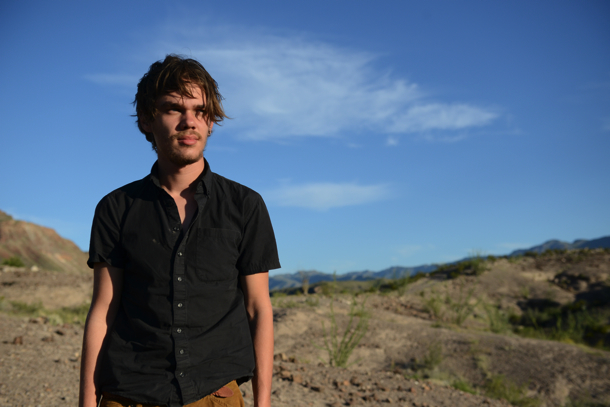
“All art is autobiographical.”
– Federico Fellini
“The films I made are as autobiographical as fiction can be.”
– Jean Eustache
“Well, I mean, isn’t everything autobiographical? I mean, we all see the world through our own tiny keyhole, right?”
– Jesse Wallace (Ethan Hawke) talking about his art in Richard Linklater’s “Before Sunset” (2004)
Ever since the very beginning of art itself, human beings created it to express what they saw and experienced. It was later that they began using it to express what they thought, felt, imagined, wished, feared and dreamed.
The urge artists have to express themselves always carries, even in a small way, the very firm drive to put something of themselves into their work, even though they might be approaching or creating subject matter that has nothing to do with them as people or their experiences.
The very fact that an artist creates art means that such art will absolutely always, no matter what, be “personal” to one degree or another, and in that specific characteristic, the artist will be forever condemned to put himself out there, to expose himself, to say “this is me”.
Obviously, cinema has never been an exception, and its history is filled with works whose authors consciously and deliberately chose to openly show, expose, portray, flaunt, represent aspects of themselves, their personalities and their lives. Many times they choose to partially disguise such self-portrait by changing some aspects and fictionalizing, aggrandizing, minimizing, adding, and omitting certain elements.
Here we celebrate 15 films, in strict alphabetical order, about some of the best or most important and powerful examples of the autobiographical or semi-autobiographical film.
1. The 400 Blows (1959, François Truffaut)
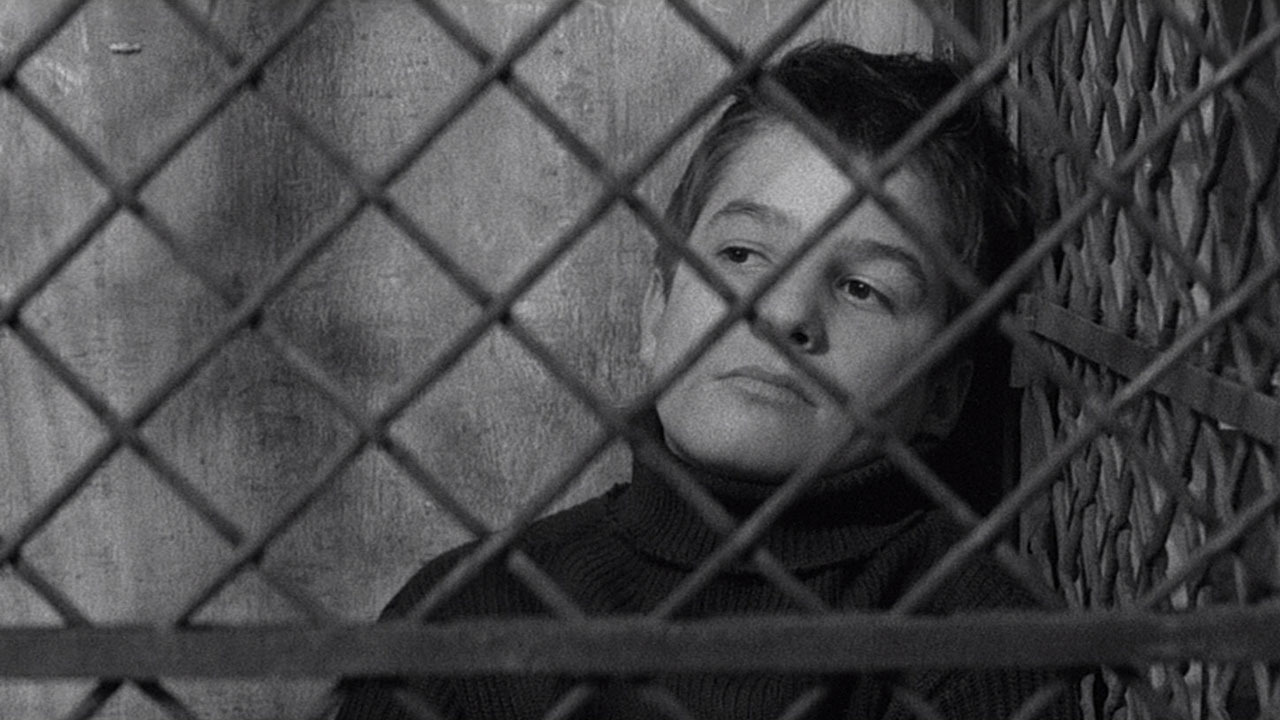
As we all know, the film that officially started and inaugurated the Nouvelle Vague, “The 400 Blows”, Truffaut’s debut, is the story of a sad, misunderstood, often ignored and neglected 12-year-old Parisian boy. Nevertheless, the boy, named Antoine, is also full of life, energy and love. His yearning to love and be loved and accepted is so enormous you can practically feel it every single time you see the film, no matter how many times you’ve seen it.
Eventually labeled a “problematic boy” by the adults in his life, simply because they can’t be bothered to at least try to understand him, he is then abandoned by his mother and stepfather and sent to a home for juvenile delinquents. What happens after that, and the way Truffaut chose to end the film, will never leave the mind of anyone who sees it.
There’s no doubt the great Truffaut was able to make this film so magnificent and powerful because he had been through the same experiences.
Later, he met the hugely influential film critic André Bazin, who actually cared for him and became a father figure to him. Bazin expanded upon Truffaut’s already massive love of cinema and showed him hundreds of films, always acting as a mentor, friend and protector of the young would-be artist.
“The 400 Blows” is dedicated to Bazin, who passed away before the film was finished.
2. Amarcord (1973, Federico Fellini)
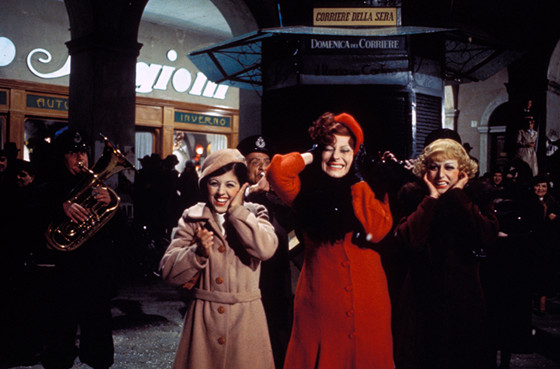
Who hasn’t laughed and dreamed while watching Fellini’s 1973 masterpiece?
“Amarcord” is a true marvel of mixed emotions, real excitement and true aesthetic and intellectual awakening. Based on Fellini’s teenage years in a small Italian village, surrounded by a massive family of which almost each member is unique and perfectly defined as well as hilariously unconventional, “Amarcord” paints a perfect portrait of the highs and lows, the laughs and tears, the losses and the gains of growing up in every sense of the word and having the courage to face the world.
“Amarcord” means “I remember” in Romagnol, a dialect spoken in a few rural areas of Italy, and one thing is certain: we will remember too.
3. The Andy Warhol Story (1967, Andy Warhol)
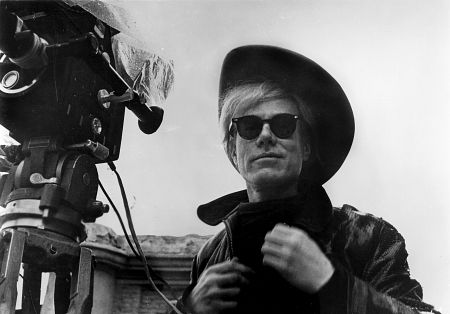
This film is definitely an absolute rarity, an oddity, a legend, a complete mystery. Behold “The Andy Warhol Story”.
The fact is that the utterly immeasurable, indecipherable, larger than life, impossible, multifaceted and legendary giant that was Andrew Warhola, better known as Andy Warhol, chose himself and his “story” to be the subject of one of his films.
The 20-minute film stars poet and philosopher Rene Ricard as Warhol and Edie Sedgwick, Warhol’s real life friend, protégé, member of The Factory and one of his “Superstars”, who was addicted to alcohol and several drugs.
There have always been rumors of Warhol taking advantage of and using people for his own gains and benefits and then discarding them without a second thought. The most peculiar thing about “The Andy Warhol Story” is that it consists of a sequence where Warhol invites Sedgwick over to his apartment to talk about himself and his career, eventually arriving at the subject of his alleged careless use of those around him.
At the end, Sedgwick breaks down and painfully withers and finally confronts Warhol on the account of him ruining her life by introducing her to drugs and promising her over and over a life of great fame and fortune.
Sedgwick passed away four years later at 27 due to her alcohol and drug problems; her relationship with Warhol was nonexistent at that time.
4. Annie Hall (1977, Woody Allen)
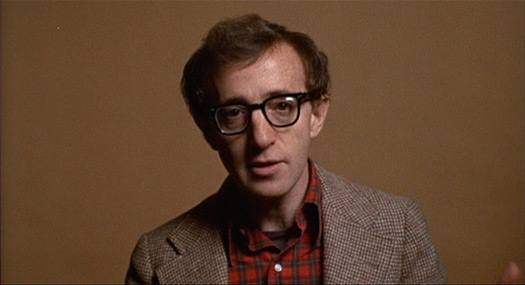
The great Woody Allen vehemently denies that “Annie Hall” is autobiographical at all. However, his co-star Diane Keaton has always claimed otherwise.
This revolutionary and legendary romantic comedy, one of the funniest films ever made and one of the greatest examinations of romantic relationships, deals with Alvy Singer, a comedian who’s frustrated and disappointed with how his career has turned out, who one day meets the titular character through mutual friends at a tennis match.
The film’s narrative is structured in a completely non-chronological fashion, with the first scene featuring Alvy delivering a monologue to the audience about his heartbreak caused by his breakup with Annie a long time ago.
The truth is, Allen was, as we all know, a standup comedian who was frustrated and wanted to do something else, and for all his life had dreamt of being an artist. Alvy’s views on life and the universe are the same as Allen’s, whose childhood and upbringing were similar to those Alvy went through in the film.
Additionally, both the filmmaker/writer/actor and the character share the same birthday, Keaton’s real surname is Hall and her closest friends used to call her “Annie” when she was young, Allen and Keaton were romantically involved for a long time and to this day remain close friends (the actress even claimed her relationship with Allen was extremely similar to that of Alvy and Annie),
Last but not least, it’s no secret that Keaton’s and Annie’s personalities are almost identical, with the exception of Keaton being of course much more “sophisticated”, for lack of a better word.
So, what do you think? Can we consider “Annie Hall” a semi-autobiographical film?
5. Au Revoir Les Enfants (1987, Louis Malle)
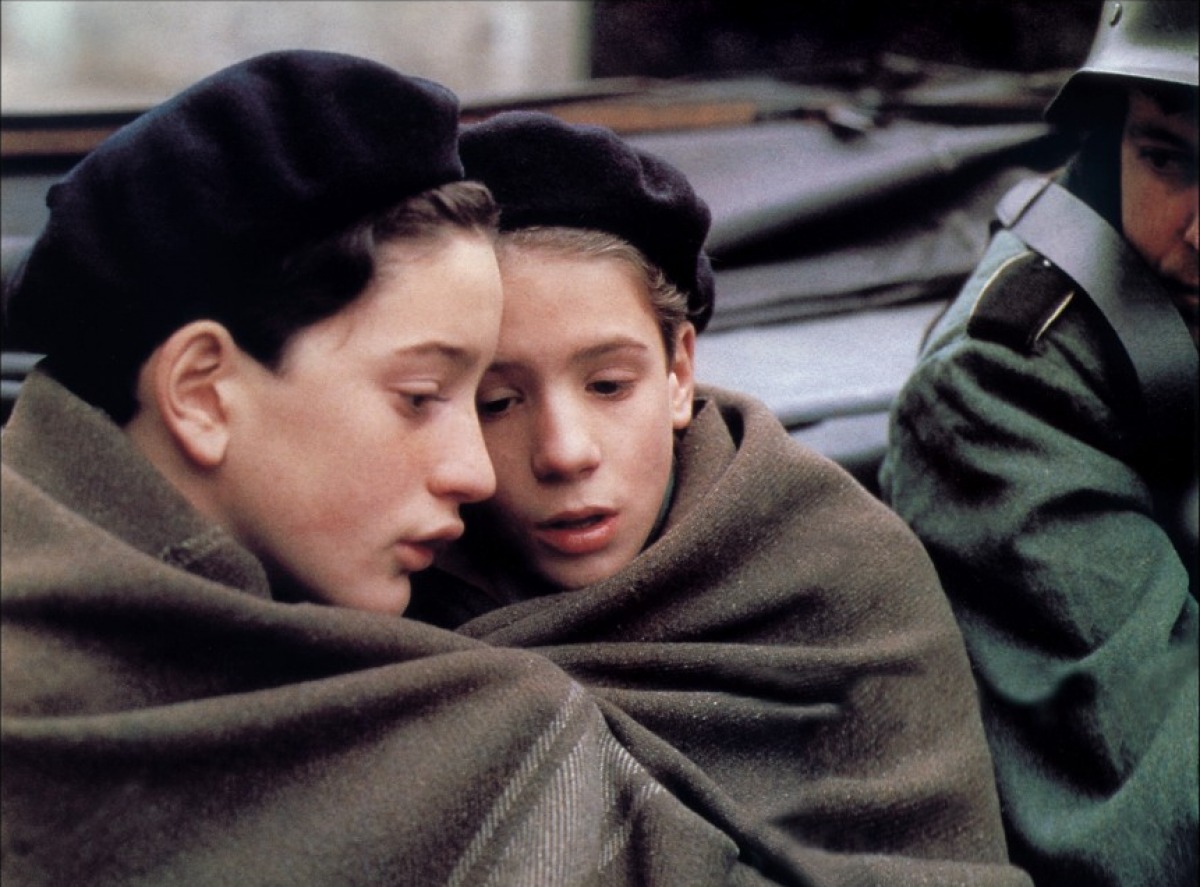
If you recognize the phrase the gives title to this film, then there’s not much else to say. What can be said about the situation where that phrase is shouted? You’ll surely never forget its context, nor the entire film.
In this powerful monument of a film set in an expensive boarding school, we are witness to the everlasting and beautiful bond and love that emerges between Julien and Jean, two 11-year-old boys, who in spite being rivals upon first meeting, end up becoming the very best of friends. This friendship is one of the most beautiful, moving and powerful relationships of any kind seen in cinema history.
Sadly, this film is set in France in late 1943 and early 1944, and one of the boys is part of the group of people no one wanted to be part of at the time. No need to say more.
Louis Malle was a first-hand witness to a situation greatly similar to that depicted in the film, hence his reason for making it. Let us celebrate the fact that people like Julien and Jean exist, with their love, compassion, humanity and empathy.
6. Boyhood (2014, Richard Linklater)
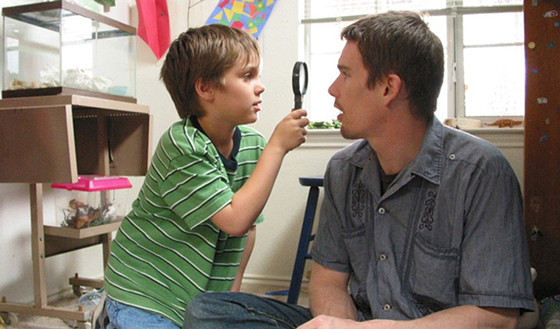
“So let me go / I don’t wanna be your hero / I don’t wanna be a big man…” You know what I’m talking about. This is Richard Linklater’s second greatest masterpiece, by far one of the best and most unique films of our time.
For a number of years, Linklater had considered the idea of making a film based on his own childhood in Texas. He was the son of a divorced couple, with an older sister, and was an authentic, sensitive and smart boy, up until he finished high school and decided he wanted to be an artist. The idea was much more complex than that, though; he wanted to actually shoot the entire boyhood of a young alter-ego of his. It would cover 12 years, so everyone would actually sense and experience the passage of time.
“Boyhood” sees the great Texan auteur taking his styles and approaches to the extreme, to the very limit, or to the their ultimate destination; take your pick.
A lot is said about what we all know; the film took 12 years to shoot, the “concept” isn’t completely original, et cetera. That’s not important. What’s important is that thanks to the magic of cinema, we’ve traveled all the way to gorgeous Texas and accompanied this amazing group of people who’ve welcomed us with open arms, led by Mason Jr., and we’ve grown up and laughed and worried and dreamed and cried along with them.
Andy Warhol said (and I’m paraphrasing) that anything can be art, so why can’t life and time themselves be an art form of the highest caliber? Growing up and becoming aware of the passage of time is indeed a very big adventure.
Hey, Mason, see ya later, buddy. Look forward to your first exhibition.
7. Uzak (2002, Nuri Bilge Ceylan)
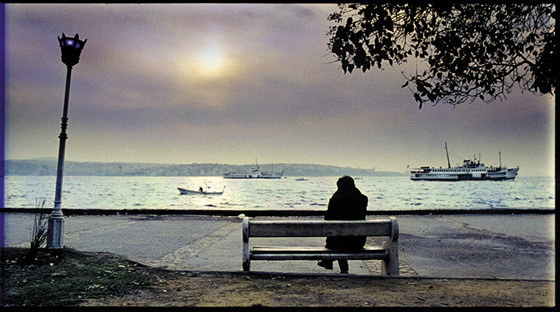
Nuri Bilge Ceylan, born in Istanbul in 1959, is a very special director, as all of his films contain at least a few autobiographical elements.
With his favorite filmmakers being Ozu, Antonioni, Tarkovsky and Bresson, it’s clear Ceylan isn’t worried about conventional narration or entertainment, and prefers to let things happen at a different pace. The director’s first love was photography, a love that he hasn’t forsaken to this day.
The landscapes, the countryside, the traditions, the folklore, the idiosyncrasies, the temperament, and the peculiarities of the country he was born in have always been the main preoccupations in his work, along with human interrelationships.
“Distant” shows how life has become for Mahmut, as he’s obliged to let his unemployed cousin Yusuf live with him until he can get back on his feet. Mahmut and Yusuf do not get along; they don’t seem to even like each other, and there’s no bond whatsoever that can develop between them. They’re two broken, frustrated, alienated and repressed men who can’t open up because that simply isn’t an option for them.